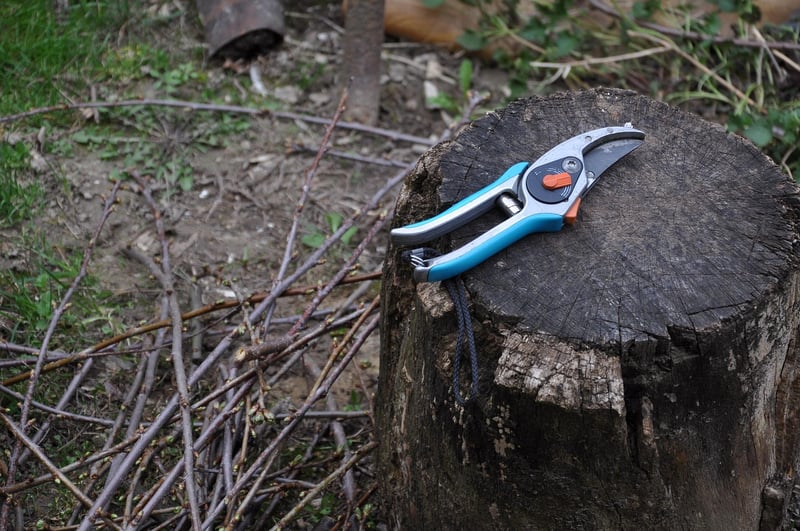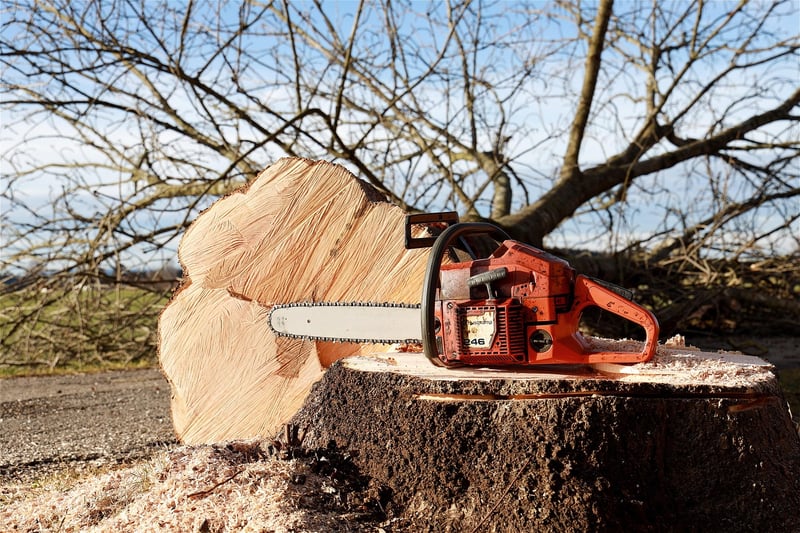Pruning Techniques
Essential Plant Maintenance and Pruning Techniques
Proper plant maintenance is crucial for the health and beauty of your garden. Regular pruning is a key aspect of plant care that helps promote growth, improve air circulation, and prevent diseases. In this guide, we will explore essential plant maintenance tips and pruning techniques to keep your plants thriving.
1. Tools for Pruning
Before you start pruning, make sure you have the right tools. Essential pruning tools include pruning shears, loppers for thicker branches, and pruning saws for larger limbs. Keeping your tools sharp and clean will ensure clean cuts and prevent damage to your plants.
2. When to Prune
The timing of pruning depends on the type of plant. Generally, it is best to prune flowering shrubs right after blooming, while dormant pruning for most trees can be done in late winter or early spring. Avoid pruning during extreme weather conditions or when plants are stressed.
3. Pruning Techniques
There are several pruning techniques you can use depending on your plants' needs:
- Deadheading: Removing spent flowers encourages new blooms and keeps the plant looking tidy.
- Thinning: Removing select branches to improve airflow and reduce overcrowding.
- Heading back: Cutting back a portion of a branch to promote new growth.
- Pinching: Using your fingers to remove the tips of new growth to encourage branching.
4. Benefits of Pruning
Regular pruning offers multiple benefits to your plants:
- Promotes healthy growth
- Shapes plants for aesthetic appeal
- Improves flowering and fruit production
- Prevents diseases by removing diseased or dead branches
5. Aftercare
After pruning, make sure to clean your tools with a disinfectant to prevent the spread of diseases between plants. Water your plants if needed and apply a layer of mulch to retain moisture and suppress weeds.
By following these essential plant maintenance and pruning techniques, you can ensure that your garden remains healthy and vibrant throughout the year.


